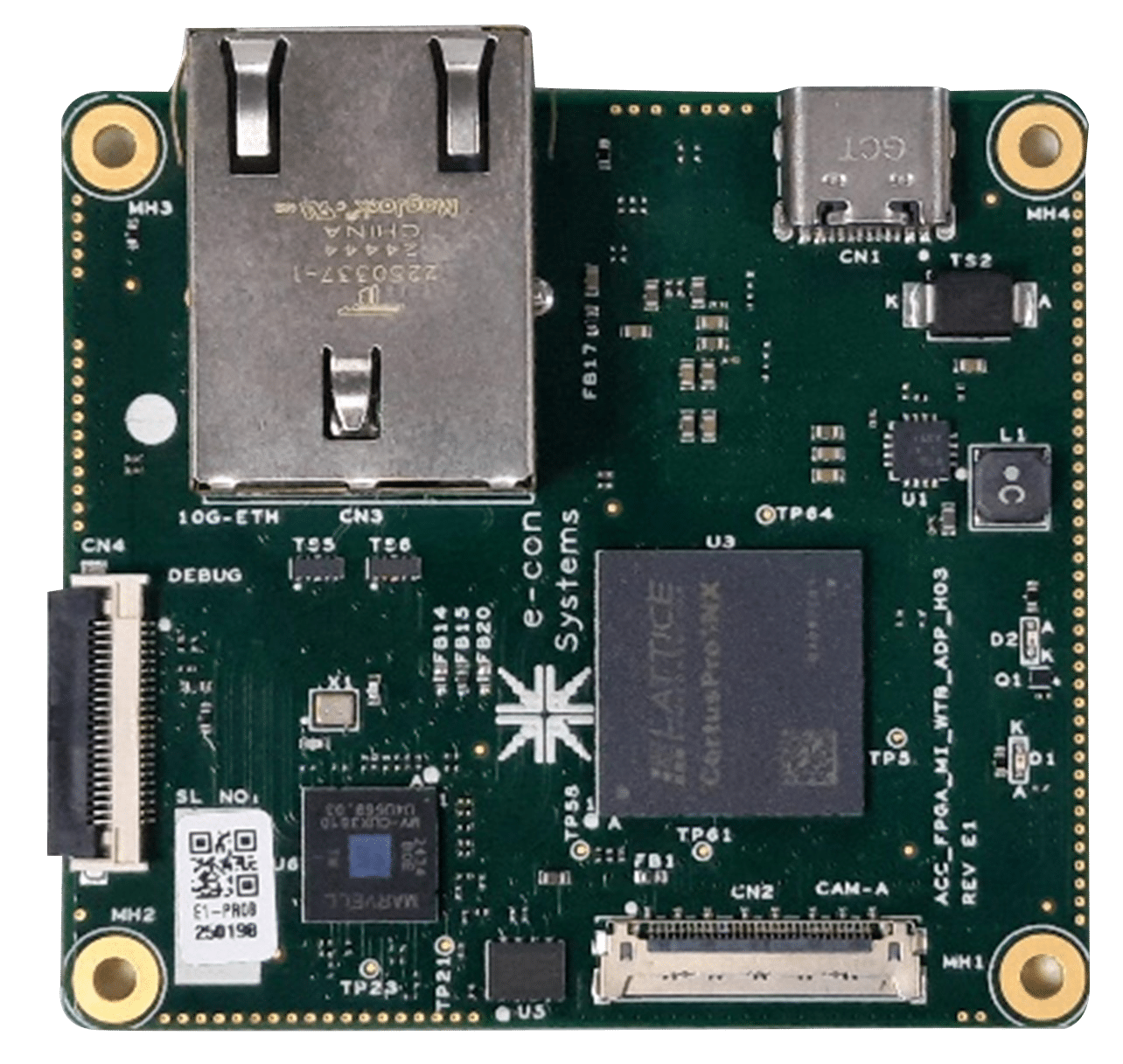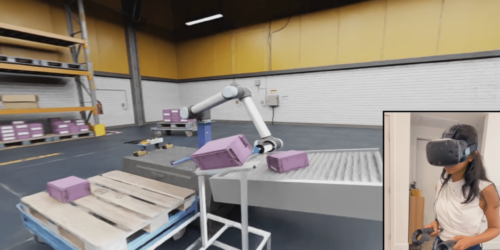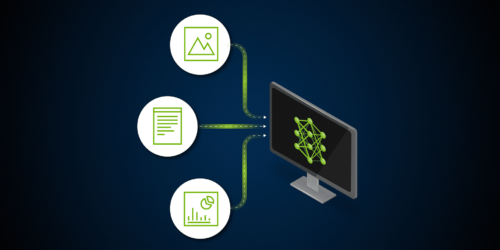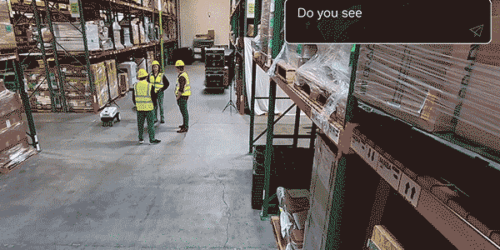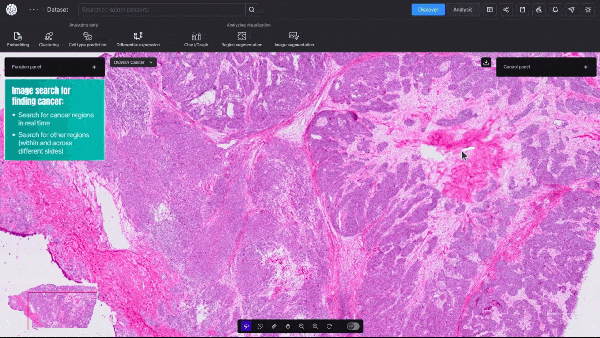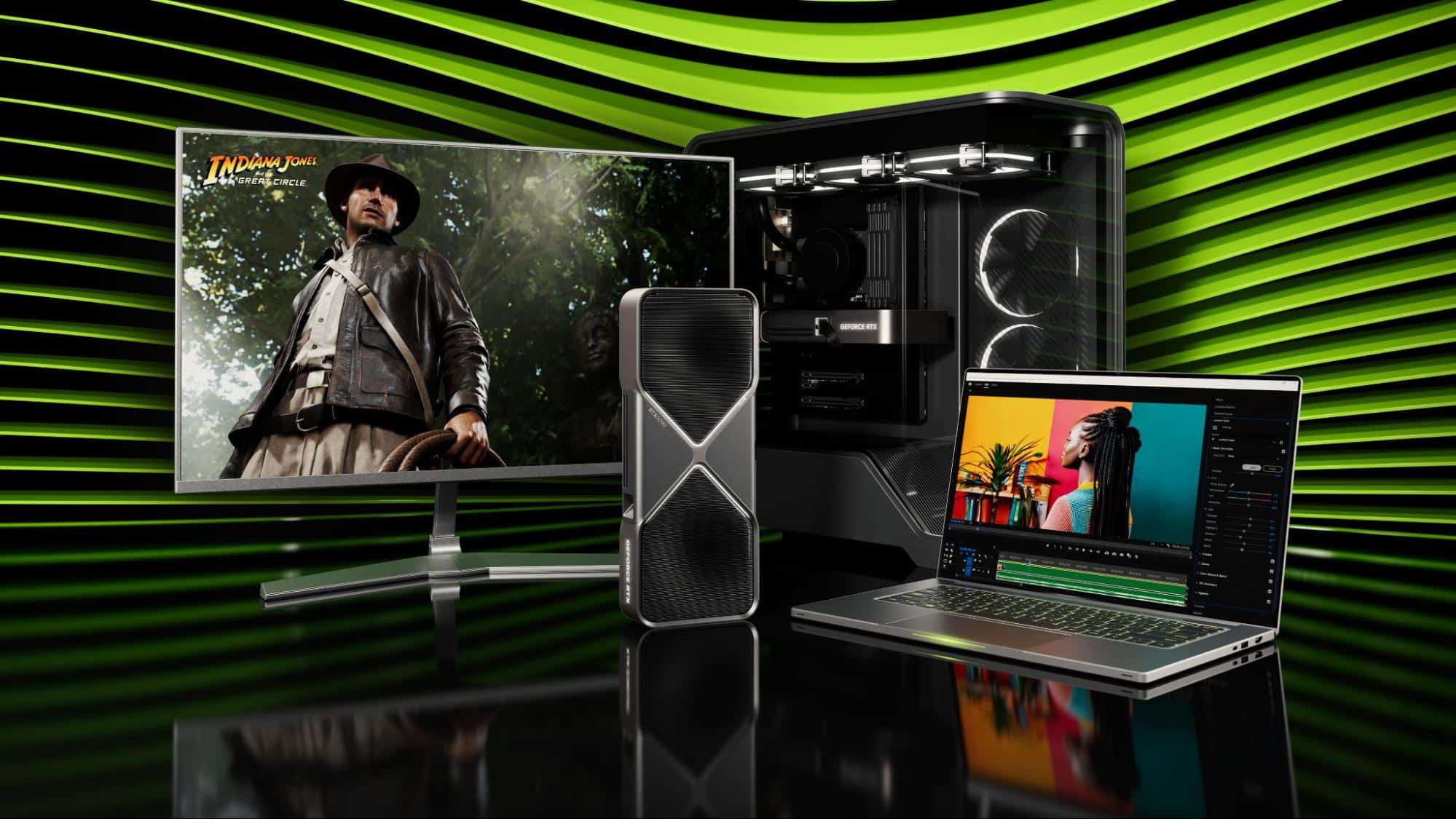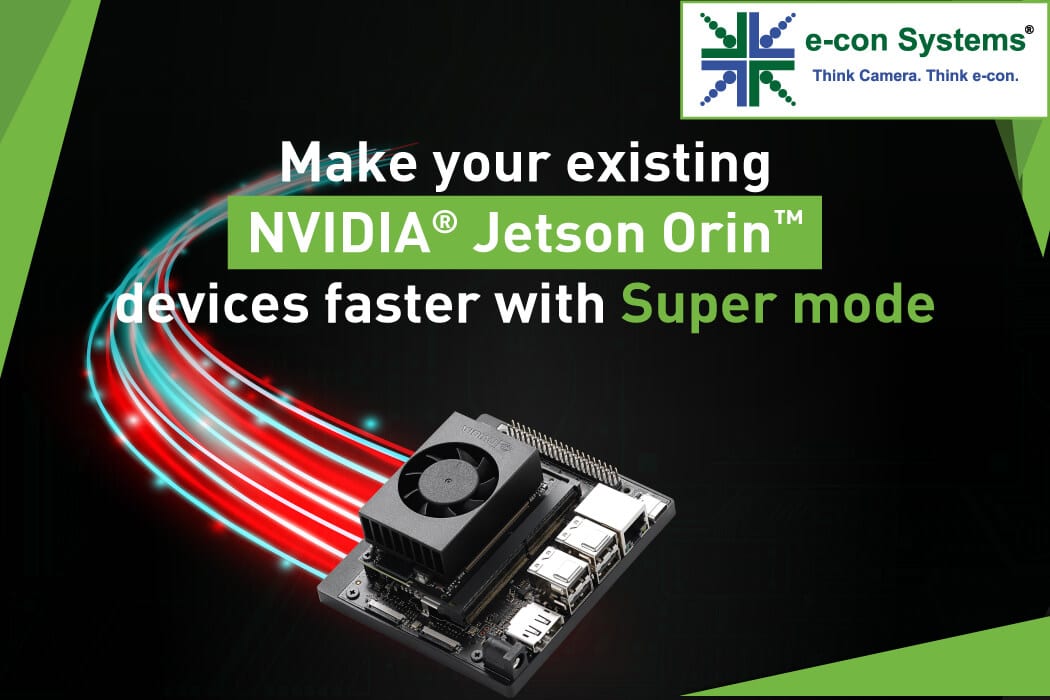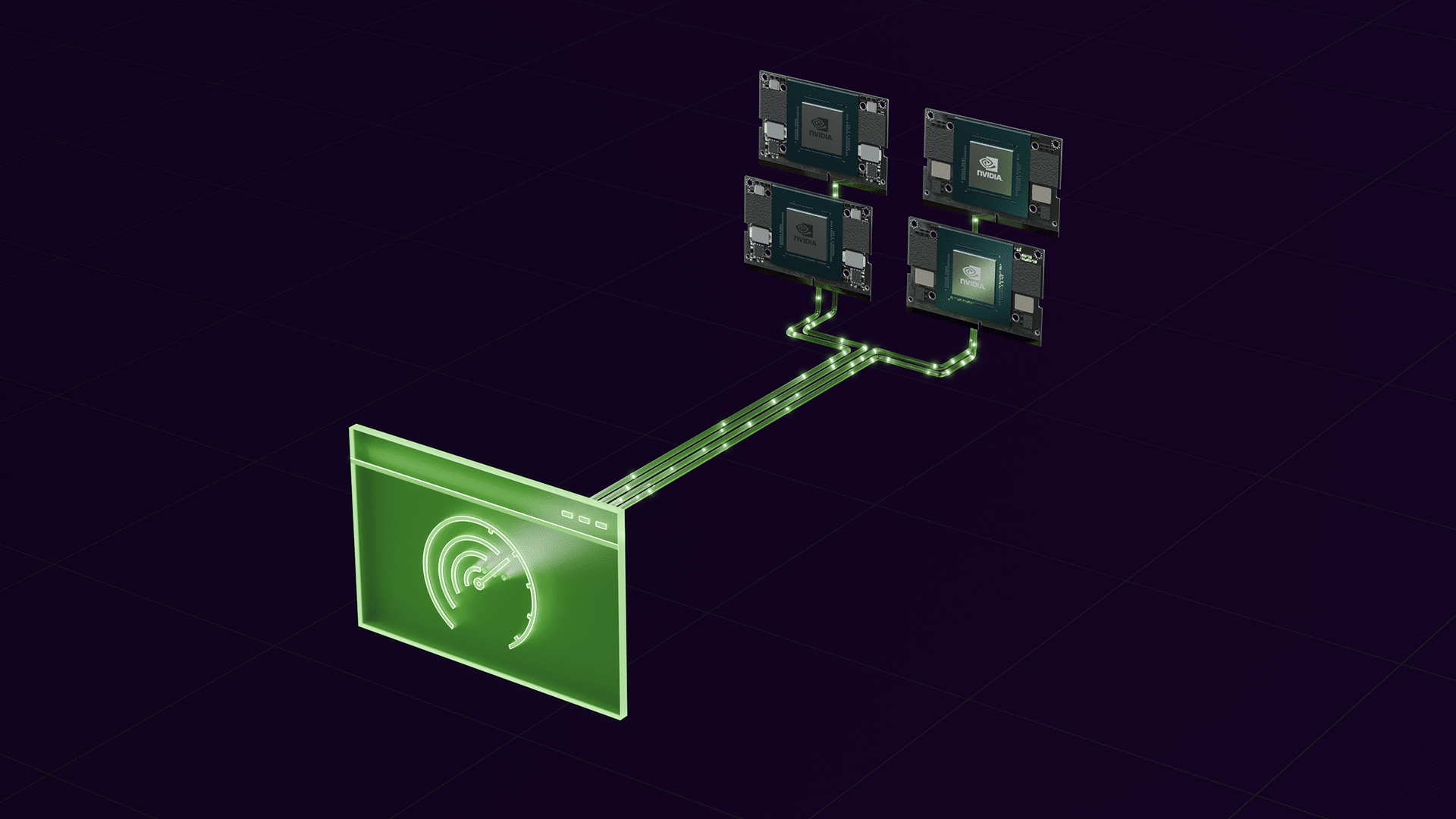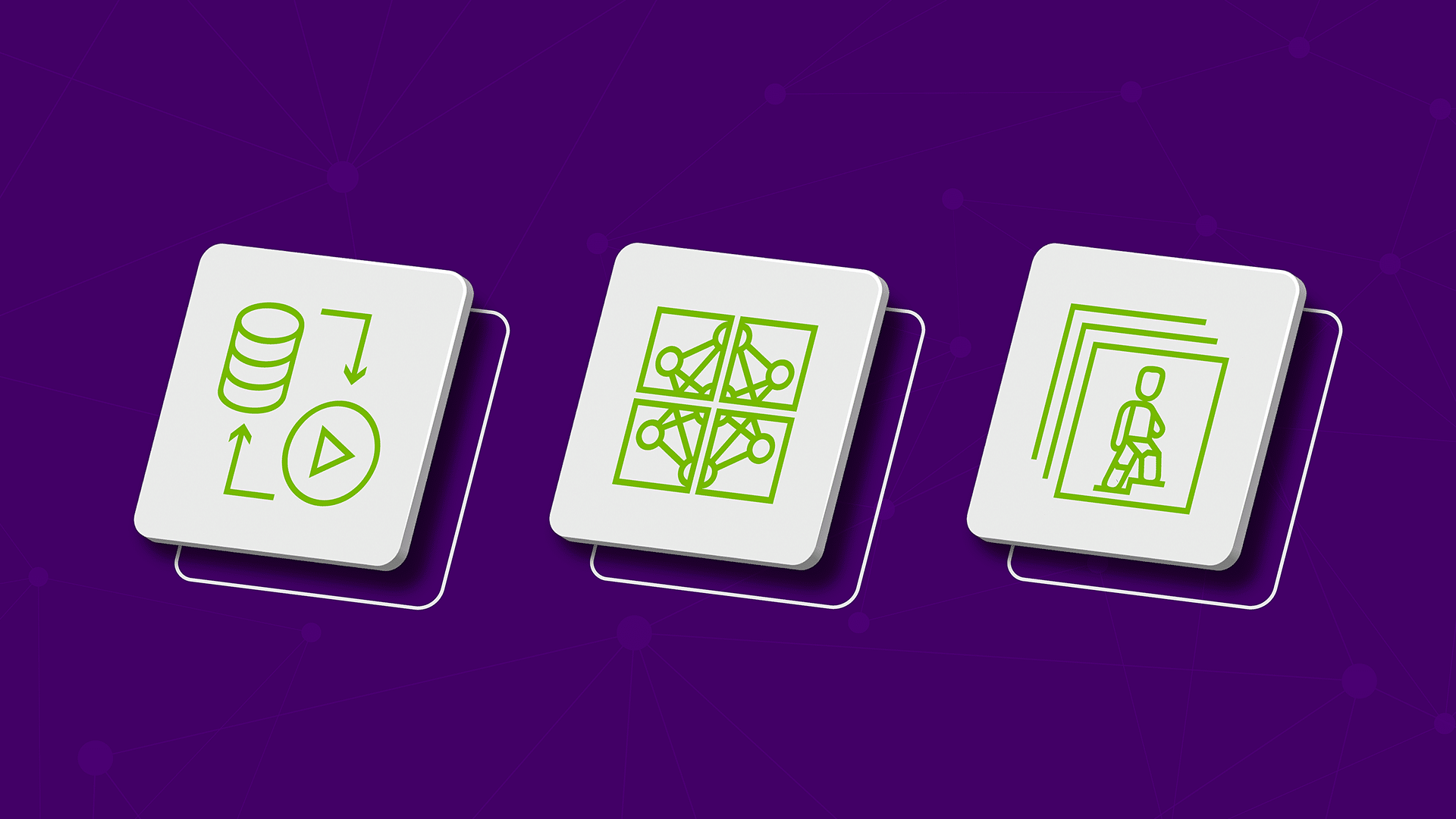e-con Systems to Unveil the Latest AI Imaging Solutions at NVIDIA GTC 2025
California & Chennai (March 18, 2025): e-con Systems®, a leading provider of embedded vision solutions, is set to showcase its latest innovations at GTC 2025, scheduled from March 18 to 21 at the San Jose Convention Center. Attendees can visit Booth 2107 to experience firsthand how e-con Systems’ cutting-edge AI-driven imaging solutions are poised to […]
e-con Systems to Unveil the Latest AI Imaging Solutions at NVIDIA GTC 2025 Read More +

